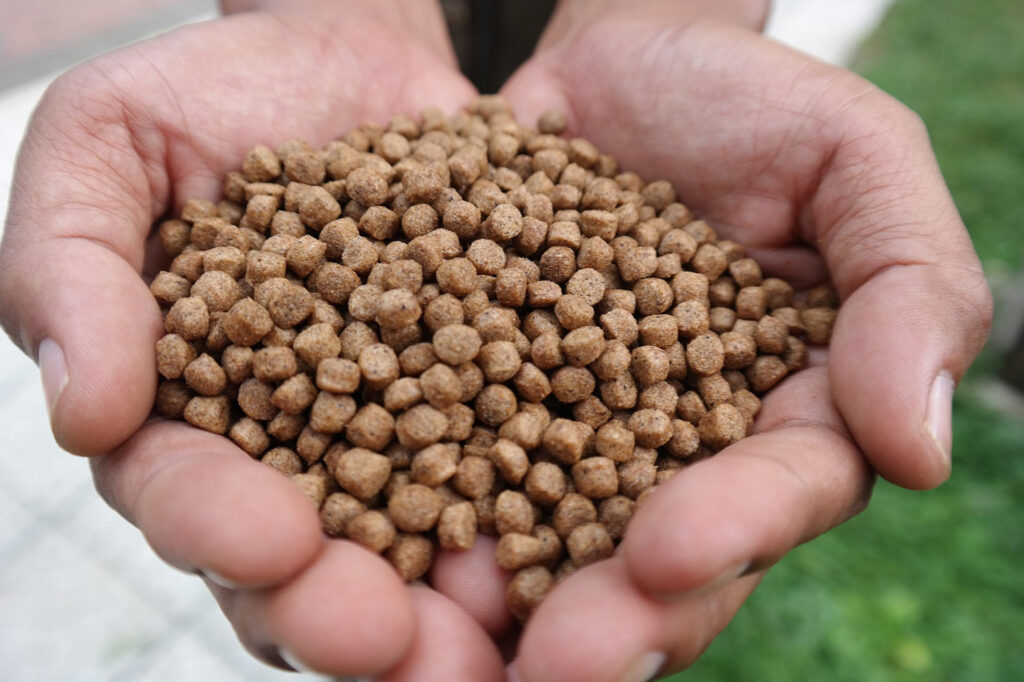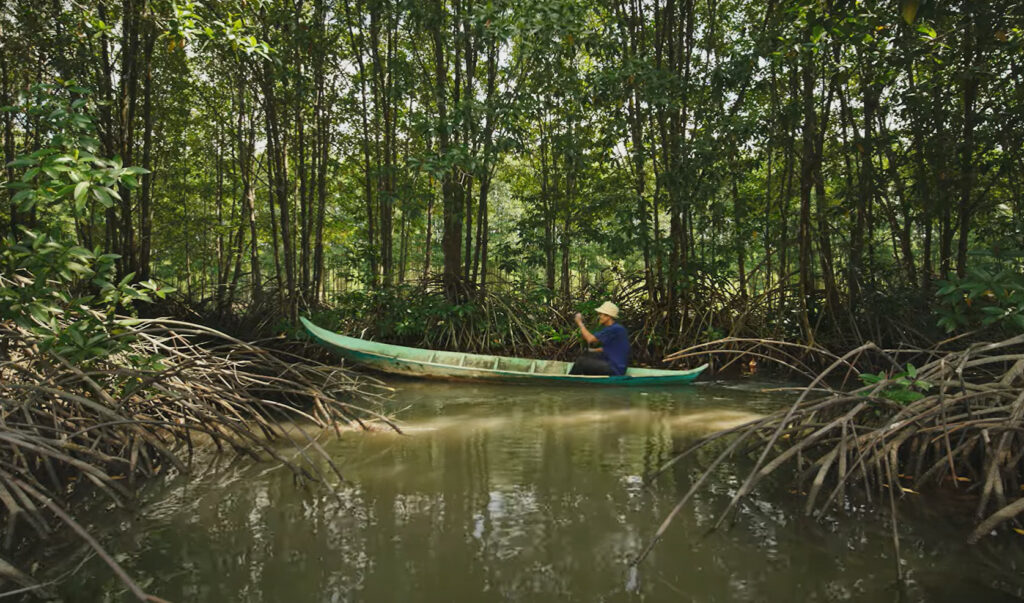How do Best Aquaculture Practices (BAP) Standards Help Protect the Environment?
April is Earth Month, a time to reflect on the health of our planet. Earth Day, the 22nd, is especially a time to think about how our choices affect the environment and what we can do to lessen our impact. At Best Aquaculture Practices, this is something we think about each and every day. Many of our goals as a program are in line with those of the Earth Day movement.
Environmental responsibility is one of the core pillars of the BAP standards. Since the BAP program was established in 2002, we’ve helped thousands of aquaculture producers worldwide improve their practices and ensure the industry is rising to the highest standards. The role aquaculture plays in global food production is becoming increasingly important, as is the need to ensure it’s being done in a safe and responsible way.
Here are just a few of the ways BAP standards ensure producers around the world are minimizing their environmental impacts:
- By preventing aquaculture facilities from being located in areas where they displace important natural habitats like mangrove or other wetland areas. Wetlands are important breeding and nursery grounds for many aquatic species, provide habitat for birds and other wildlife, improve water quality and protect coastal areas from storms.
- By minimizing the use of feed ingredients derived from wild fisheries
- By managing physical interactions with wildlife and not reducing the biodiversity of ecosystems
- By requiring aquaculture facilities to monitor water quality and effluents
- By requiring facilities with cage or net pens to monitor the water quality of the surrounding waters
- By preventing farms from depleting groundwater or causing soil or water salinization
- By ensuring aquaculture facilities properly dispose of sediments and waste
- By ensuring farms take all possible steps to prevent escapes and minimize effects on aquatic wildlife
We at BAP urge you to think about how your seafood choices impact the environment. Remember to look for the BAP label when shopping for seafood! Want to learn more about BAP standards? Check out our standards page here.




